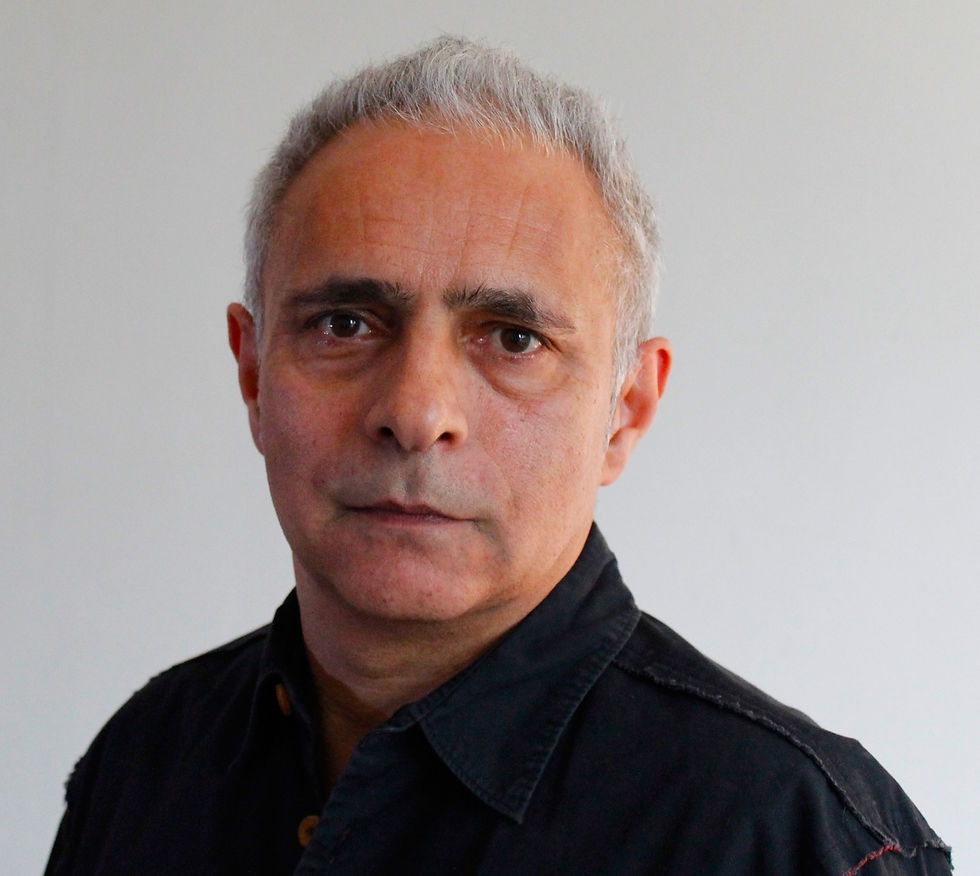Add paragraph text. Click “Edit Text” to update the font, size and more. To change and reuse text themes, go to Site Styles.

Add paragraph text. Click “Edit Text” to update the font, size and more. To change and reuse text themes, go to Site Styles.
Add paragraph text. Click “Edit Text” to update the font, size and more. To change and reuse text themes, go to Site Styles.
Add paragraph text. Click “Edit Text” to update the font, size and more. To change and reuse text themes, go to Site Styles.
Futuro Antico. Interview with Hanif Kureishi
15 mar 2022
Ludovico Pratesi
How does one of the most prominent writers of our time see the future? Hanif Kureishi responds.

What are your inspirational references in art?
I have always been a great admirer of three artists in particular: Pablo Picasso, Francis Bacon, and Paula Rego. I have a deep appreciation for this Portuguese painter, and I believe she has influenced my work. My mother attended art schools, and I grew up surrounded by art books from a young age when we lived in Bromley, south of London. I often visited exhibitions at the Royal Academy, the Tate, or the National Gallery. I've always loved people, which led me to appreciate Pop Art, especially Andy Warhol, the Factory, and his connection with the Velvet Underground.
What is the work that represents you the most? Can you tell us about its genesis?
The latest one, a play titled The Spank, which premiered in February at the Parioli Theatre in Rome. It’s a tragicomedy set in a pub where two male friends have an extended conversation. I conceived it as a kind of experiment: for two hours, these middle-aged men share their lives, discussing their families, wives, lovers, children, and work. I’m very pleased with how it was staged in Rome.

How important is the genius loci to your work?
My work has always been closely tied to Britain, and particularly to London. I’m referring to the London depicted by Dickens, whom I admire greatly, and by many other writers. I believe ideas and inspiration can be drawn from what surrounds us: my studio overlooks the street, and I observe through the window people of different races, colors, and types. Politics, fashion, economy, music... everything around me can inspire me.
How important is the past in imagining and building the future? Do you think the future can have an ancient heart?
It is very important for those of us living in the present to remember racism. My father grew up in colonial India, under British rule. We must always keep in mind the value of freedom, which I consider very important for myself and for the people around me.
What advice would you give to a young person who wants to follow your path?
Both my sons, who are in their twenties, have become writers: one in the world of soap operas and the other for the BBC. I’m pleased because I think they have a good life—challenging but still easier than many other paths. My advice to young people is to find work that is exciting, interesting, and stimulating.

In an era defined as post-truth, does the concept of the sacred still hold importance and strength?
If one believes that the sacred has been a value, as I do, then of course, yes. The values of individuality, freedom, democracy, and self-assertion are very important, and thus the sacred is fundamental. These are values that need to be preserved, perpetuated, and expanded.
How do you imagine the future? Can you share three ideas that, in your view, will guide the coming years?
The future seems very dark and bleak to me, especially for young people. We face many challenges, the gravest being climate change and social inequality, which has grown due to neoliberalism, and today’s youth must confront them all. I don’t envy them: when I was a teenager in the 1970s, we had many goals ahead of us, and many young people easily integrated into the social and cultural life of my country. Good luck!